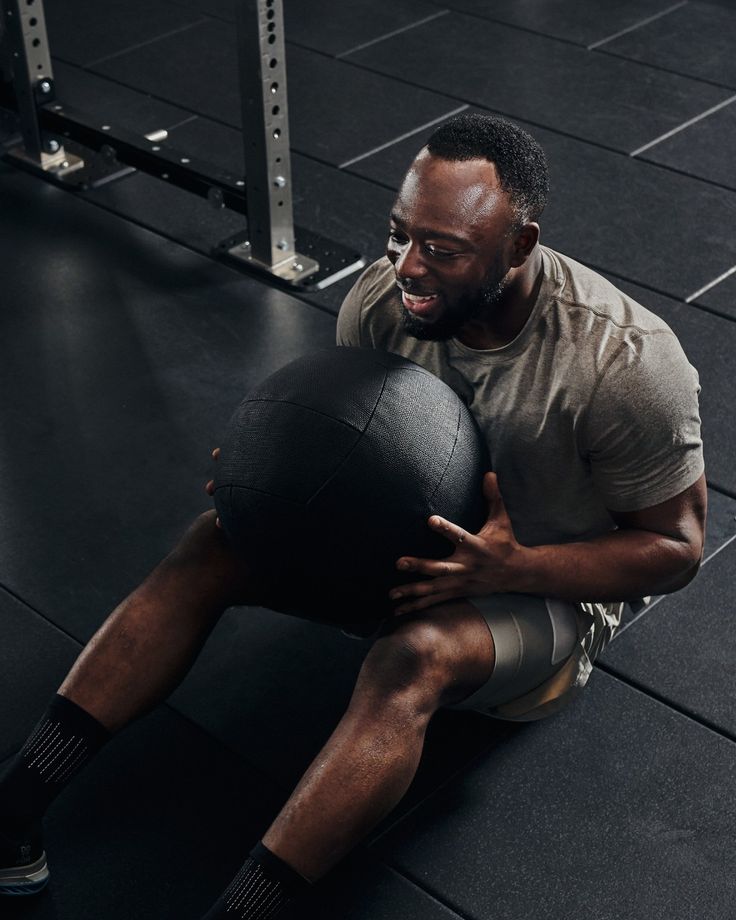Picture this: you’re at the gym, surrounded by the familiar clanking of weights and the determined faces of fellow bodybuilders. You’ve been pushing your limits, yet you feel like you’re hitting a plateau. Sound familiar? Many of us have been there, and it’s frustrating. But what if I told you there’s a secret weapon that could help break through that plateau and supercharge your muscle development? Enter eccentric training.
Eccentric training, often overshadowed by its concentric counterpart, holds a treasure trove of benefits for those looking to maximize their gains. In this article, we’re diving deep into the world of eccentric training, exploring its science, benefits, and how you can seamlessly integrate it into your routine for optimal muscle growth. Let’s get started!
What is Eccentric Training?
To grasp the full potential of eccentric training, we first need to understand what it is. Eccentric training focuses on the lengthening phase of muscle contraction. When you lower a dumbbell during a bicep curl, that’s the eccentric phase. It’s where your muscle fibers lengthen under tension.
Unlike concentric movements, where muscles shorten, eccentric movements involve a controlled, lengthening action. This type of training not only targets muscle strength but also enhances muscle growth and resilience.
The Science Behind Eccentric Training
Let’s geek out on some muscle physiology. When you engage in eccentric movements, your muscles generate more force compared to concentric movements. This is due to the unique way muscle fibers interact during the lengthening phase, causing microscopic tears that are crucial for muscle repair and growth.
Studies have shown that eccentric training can lead to greater muscle hypertrophy compared to traditional concentric training. This is because the increased tension during the eccentric phase stimulates more significant muscle protein synthesis, a key factor in muscle growth.
Key Benefits of Eccentric Training
Increased Muscle Strength
One of the most compelling benefits of eccentric training is the significant increase in muscle strength. When you focus on the eccentric phase, you’re able to handle heavier weights, which translates to greater overall strength. Research has demonstrated that eccentric training can lead to substantial strength gains, even more so than concentric training alone.

Enhanced Muscle Growth
Who doesn’t want bigger muscles? Eccentric training is particularly effective for muscle hypertrophy. The controlled lengthening under tension creates an optimal environment for muscle fibers to grow. Think of it as giving your muscles the best possible conditions to thrive.

Improved Flexibility and Range of Motion
Flexibility is often overlooked in strength training, but it’s crucial for overall muscle health. Eccentric movements help improve flexibility and range of motion by promoting better joint function. This not only enhances performance but also reduces the risk of injuries.

Injury Prevention and Rehabilitation
Speaking of injuries, eccentric training plays a vital role in both prevention and rehabilitation. By strengthening the muscles and tendons, you’re less likely to suffer from common training injuries. Moreover, eccentric exercises are frequently used in rehab programs to help athletes recover from injuries by gradually rebuilding strength and flexibility.

Implementing Eccentric Training into Your Routine
Beginner’s Guide to Eccentric Training
Starting with eccentric training can be straightforward. Begin with basic exercises like slow-motion squats or controlled bicep curls. Focus on the lowering phase, taking about 3-5 seconds to lower the weight. This slow, deliberate movement ensures you’re maximizing the benefits of the eccentric phase.
Advanced Eccentric Training Techniques
For those who are more experienced, there are advanced techniques to challenge your muscles further. Techniques like eccentric overload, where you use heavier weights than usual (often with assistance for the concentric phase), can push your limits and drive significant muscle growth. Incorporate these techniques into your routine by adding eccentric-focused sets after your regular workout.
Eccentric Training Program Structure
Structuring your eccentric training program is key to success. A sample workout might include 3-4 exercises focusing on different muscle groups, with each exercise consisting of 3 sets of 6-8 reps. Aim to incorporate eccentric training into your routine 2-3 times per week, ensuring you allow adequate recovery time for your muscles.
Common Mistakes and How to Avoid Them
Overtraining Risks
It’s easy to get carried away with eccentric training, but overtraining can lead to injuries and setbacks. Watch for signs of overtraining, such as persistent soreness, fatigue, and decreased performance. Prevent overtraining by listening to your body and incorporating rest days into your routine.
Improper Form
Maintaining proper form is crucial for maximizing the benefits of eccentric training and avoiding injuries. Always focus on controlled, smooth movements. If you’re unsure about your form, consider working with a trainer or recording your workouts for self-review.
Tracking Progress and Measuring Success

Setting Goals for Eccentric Training
Setting realistic and achievable goals is essential for tracking your progress. Start by identifying specific areas you want to improve, such as increasing your squat weight or enhancing muscle definition. Write down your goals and revisit them regularly to stay motivated and on track.
Measuring Strength and Growth
To gauge your progress, use a combination of methods. Track your strength gains by recording the weights you lift and the number of reps you perform. For muscle growth, consider taking regular body measurements or progress photos. Tools like body fat calipers or a DEXA scan can provide detailed insights into your muscle development.
Eccentric training is a powerful tool in the arsenal of any serious bodybuilder. Its benefits, from increased muscle strength to enhanced flexibility and injury prevention, make it a must-try for anyone looking to maximize their gains. By understanding the science behind eccentric movements and implementing them correctly, you can unlock new levels of muscle development and overall fitness. So why not give it a try and see the transformative effects for yourself?
FAQs
What is the main advantage of eccentric training over concentric training?
Eccentric training generates more muscle tension, leading to greater strength gains and muscle hypertrophy compared to concentric training.
How often should I do eccentric training exercises?
Incorporate eccentric training 2-3 times per week, ensuring you allow sufficient recovery time between sessions to prevent overtraining.
Can eccentric training help with injury recovery?
Yes, eccentric training is often used in rehabilitation programs to help rebuild muscle strength and flexibility after an injury.
Are there any risks associated with eccentric training?
While eccentric training is highly effective, improper form or overtraining can lead to injuries. Always focus on controlled movements and listen to your body.
What are some common eccentric exercises for beginners?
Simple exercises like slow-motion squats, controlled bicep curls, and slow push-ups are great starting points for beginners in eccentric training.
